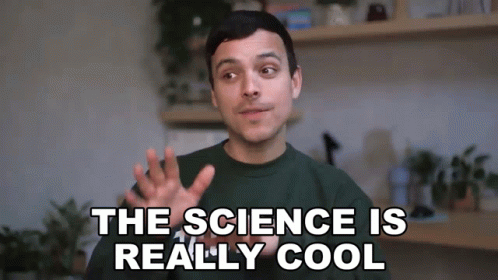On this aligner journey of mine, I’ve come to learn a lot. Sure, I started out expecting to dive into dental more than ever, but I didn’t truly realize how inundated with new information I’d be. From changing trays to water picks, and everything in-between, this journey has required a pretty significant shift in my “dash out the door” day-to-day routine. I’m starting to dream about what life will look like post-aligners… will I still carry the dental wisps in my car? Will I crave the warmth of my morning coffee on my sore gums? Will I start smiling at every stranger I see!? Who knows… only time will tell.

How aligners work
You’d think this would be a “first you learn, then you do” kind of thing. But no. I jumped headfirst into this journey. I mean, I kind of knew what aligners did – but not scientifically.
Did you know that the periodontal ligament that surrounds your teeth is the culprit in all the pain in your gain? When pressure is applied (like when you’re wearing a 3D printed aligner) that periodontal ligament gets stretched and squished. This movement causes inflammation around the teeth. And as that stretching happens, just like when you go to the gym and you’re breaking down to build up, the body works to heal itself. It produces bone cells (aka osteoclasts and osteoblasts). Those osteoclasts break down existing bone on the squished side and the osteoblasts build up new bone on the stretched side. Ok, enough science. I’m having flashbacks of 8th grade Biology… enough of that.

Key aligner journey insights
1. There’s a difference between discomfort and pain. Pain isn’t normal, but discomfort definitely is. Talk to the OBC team about anything that’s hurting. This journey should be a gradual, slightly uncomfortable shift – not an everyday acute pain.
2. It’s easy to say “maybe tomorrow” once you get out of the swing of changing your aligners. Don’t hinder your own journey because you’re either avoiding discomfort or caught up in your own chaos. Sticking to your schedule means you’ll soon have a straighter smile and be done with your “movement” aligners. (stay tuned for the retainer part of this journey!)

3. The guilt is real when you don’t follow your treatment plan. If anyone understands that, it’s me. So here are a few things to get yourself back into the swing of changing the trays.
Tip 1: Build a “hype yourself” playlist
Here are a few songs that are on mine:
- N’SYNC – BYE BYE BYE (Because it’s the perfect song to say “bye” to that last tray)
- La Roux – Bullet Proof (Such a great song to say, “Come on! Just do it – you can make it through!”)
- Sia – Unstoppable (Another reminder that we’re close to the end and that you can do this!)
- Katy Perry – Smile (An obvious choice but it has such a positive, upbeat message!)

Tip 2: Soothe your mouth
- Drink a cold beverage. Whether you grab a smoothie, iced tea, or even cheat your diet with a little with a frappuccino, that cold will help to soothe your aches.
- Change trays before you go to bed, then use your morning coffee or tea to soothe when you wake up.
- Keep that Tylenol around for the first 24 hours after changing your tray. It helps with the discomfort while also being mild enough to take every 6 hours or so. (always follow the bottle for proper dosing instructions.)

Keep smiling
The biggest takeaway I can offer you: Don’t focus on the now – think about the end result! While it may seem like there’s no light at the end of this tunnel, I promise you’ll have your straighter smile before you know it. And, it will be so worth it in the end.
Looking for more helpful tips and tricks about the aligner journey? Check out my other blog posts and stay tuned for even more in the future! And if you’re located near the Chantilly, VA area, check out Orthodontics by Crutchfield for your adult and teen clear aligner needs.